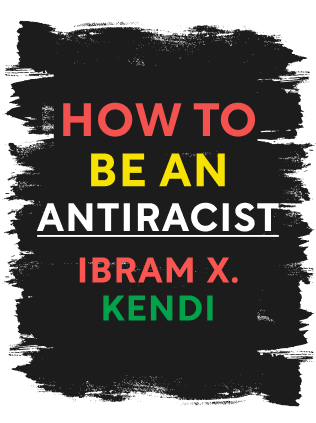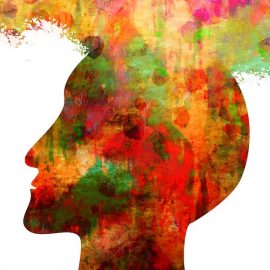

This article is an excerpt from the Shortform book guide to "How to Be an Antiracist" by tIbram X. Kendi. Shortform has the world's best summaries and analyses of books you should be reading.
Like this article? Sign up for a free trial here .
Are you looking for help with antiracism training? What are the key things to know for improving antiracism in your life, family, or community?
Antiracism training starts with understanding the background and concepts of racism and antiracism. Then, you can identify and work on key actions to make changes around you.
Keep reading for ideas for antiracism training, including background concepts and actions to take.
Background for Antiracism Training
Ibram defines racism as a combination of racist policies and ideas that causes and maintains racial inequities.
An example of a racist idea is the generally held belief that Black people are more dangerous than White people. Growing up, Ibram believed in this idea and was constantly scared that the other Black kids at his school would beat him up.
An example of a racist policy was the one in Ohio that required newly registered voters in the 2004 federal election to submit their voter-registration forms on a particular kind of expensive paper, which made it harder to register. The policy appeared to target all newly registered voters, irrespective of race, but a large percentage of newly registered voters were Black, meaning the policy promoted racial inequity.
Ibram defines antiracism as a collection of antiracist policies and ideas that cause racial equity.
An example of an antiracist idea is the belief that no race’s culture or subculture is better than any other’s.
Examples of antiracist policies are the Immigration and Nationality Act (1965), the Refugee Act (1980), and the Immigration Act (1900), all of which encouraged immigration to the US from non-European countries. Although, in various ways, these acts favored non-Europeans over European immigrants, the acts were antiracist rather than racist because they promoted equity among immigrant groups. In other words, they aimed to rectify the current and historical imbalance that favored White immigrants.
The Myth of Neutrality
It’s not possible to be neutral when it comes to racism—anything that’s not antiracist is racist. This is because all policies and ideas either advance or hamper equality.
(Shortform example: Racist policies have created funding imbalances between Black and White schools. Therefore, a scholarship program open only to Black people is antiracist because it strives for educational equality between racial groups. Axing this scholarship program because White people aren’t allowed to apply may seem “neutral,” but, in fact, canceling the program would be racist because it would mean canceling a policy that’s aimed at remedying the current funding imbalance and thereby promoting racial equity.)
Identification of the Problem
To work towards ending racism, you have to treat the cause, not the symptoms. Many people think that racism is caused by ignorance and hate, but as we’ve learned in previous chapters, in fact, it’s actually caused by self-interest and policy. The ignorance and hate come later.
Therefore, any attempt to end racism that starts by addressing ignorance and hate instead of the root cause is never going to be successful. For example, mentoring programs might help individuals, but no behavioral program will have an effect on policy.
While racist power is very flexible—it will use whatever strategy is most effective—historically, antiracists have tried the same strategies over and over again, even though they’ve never worked and will never work because they focus in the wrong place.
Antiracism Training: Concrete Steps to Take
According to Ibram, activism seeks power and creates policy change. Changing minds and critiquing doesn’t count as activism.
As Ibram studied racism further and the Black Lives Matter movement launched, Ibram began to reassess his ideas about racism. These were his steps to working toward being antiracist:
- He stopped denying that he could be racist at times.
- He revised the definition of racist to the definitions given in this book.
- He listed the racist ideas and policies he subscribed to.
- He acknowledged that he held racist ideas and supported racist policies because he grew up in a racist country.
- He understood the definition of antiracists as described in the book.
- He worked towards gaining power and changing policy.
- For example, Ibram took a position that had the power to make policy and donated money to organizations focused on policy changes.
- He acknowledged intersectionality.
- He thought antiracist ideas.

———End of Preview———
Like what you just read? Read the rest of the world's best book summary and analysis of Ibram X. Kendi's "How to Be an Antiracist" at Shortform .
Here's what you'll find in our full How to Be an Antiracist summary :
- What racism is and how it evolved
- How you might have subtle racist thoughts and not even be aware of them
- Why being "not racist" isn't good enough






